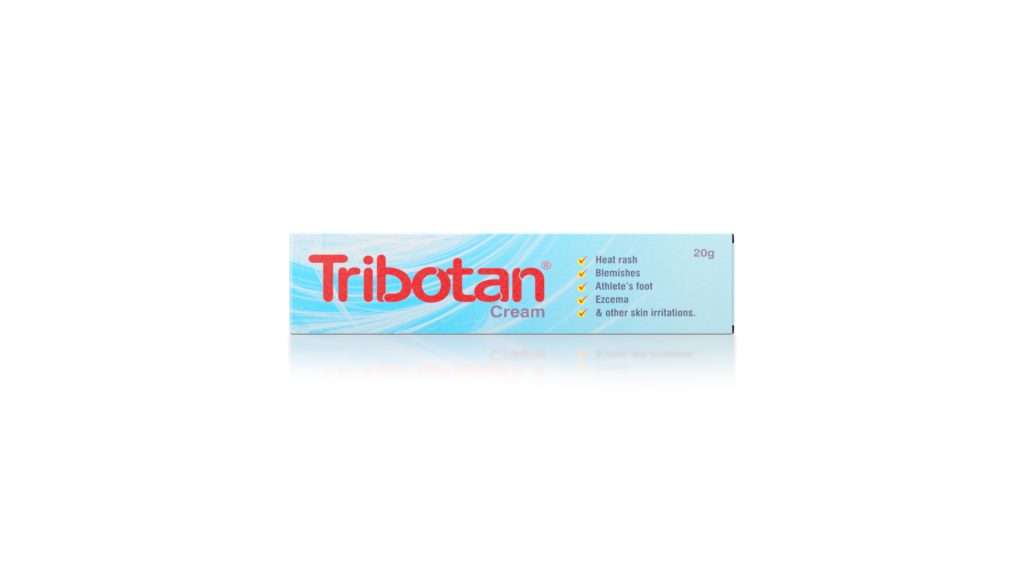It is no longer news that the recent global warming or the change in climate has become extremely unbearable for both the young and old. These days, you find people in rural communities sleeping in the open and people in urban cities spending a lot of money on power to keep their homes cool and comfortable enough to sleep in at night. The heat and discomfort that comes with the hot weather can result in reduced productivity at work, as a result of the inability to get enough rest and sleep at night due to the discomfort caused by heat. The heat and sweating can cause heat rash and it affects both adults and children.
WHAT IS HEAT RASH?
Heat rash appears on the skin when blocked pores (sweat ducts) trap sweat underneath the skin, in other words, heat rash is caused by the inability to sweat properly. Some types of heat rash can be extremely itchy and prickly.
Heat rash, also known as prickly heat, is no longer a common ‘thing’ found among children alone. It affects adults too, especially during extremely hot weather, one of which is the climate change the world is currently experiencing.
Heat rash should normally clear off by itself, but severe forms of heat rash may require medical attention or the use of over-the-counter skin care products. The best way to prevent or relieve symptoms, however, is to keep the body cool and prevent excessive sweating, this can be achieved by bathing frequently and wearing cotton fabric and loose clothing.
TYPES OF HEAT RASH
There are about three different types of heat rash:
Clear (miliaria crystalline) – This is the mildest form. The blisters are usually not itchy or painful.
Red (miliaria rubra) – it occurs deeper in the outer skin layer, itchy with red bumps, prickly heat found in infants (baby nappy rash) and adults.
Deep (miliaria profunda) – least common form, found usually in adults after repeated events of heat rash, it presents with flesh-coloured lesions. These are classified based on the level in which body friction occurs as a result of tight clothing etc.
HEAT RASH PREVENTION
According to the WHO, the intensity of heat and sweating is as a result of climate change and this makes the list as one of the current major threats to global health. During any heat wave, there is the risk of some heat-related illnesses such as heat cramps, heat exhaustion, and heat stroke.
To prevent heat rash and such illnesses that can arise as a result of heat, see some tips below;
Stay hydrated – drink plenty of water for overall hydration as water can help maintain cooler body temperature.
Shower regularly and stay in an air-conditioned room or use fans – Dermatologists say that regular shower and wearing loose clothing can lessen effects of heat rash.
Avoid hot and humid places.
Avoid doing exercises in a hot environment and shun activities that will make you sweat excessively during hot weather.
Avoid dehydrating liquids. In such weather conditions, alcohol, coffee, tea and caffeinated soft drinks can hurt more than help.
Wear protective clothing: Lightweight, light-coloured and loose-fit clothing can help protect against heat. Change clothing if it gets completely wet in sweat.
Use a damp napkin to wipe your face or put it around your neck, especially at night if you are not sleeping in an air-conditioned room or with a fan.
Avoid direct exposure to sun and sunburn. Find shade if possible or use sunscreen and wear a hat if working outside.
Eat smaller meals. Eat fruits high in fibre and natural juice. Avoid high protein foods.
Be alert to signs of heat-related illness.
HOW TO TREAT HEAT RASH
Use Calamine lotion to soothe itching: when the itching is too much, it is advisable to use calamine lotion to relieve the itching.
Anhydrous lanolin: This helps prevent duct blockage and stop new lesions from forming – it is a wax secreted by the sebaceous glands of wool–bearing animals. This medication is used as a moisturizer to treat or prevent dry, rough, scaly, itchy skin and minor skin irritations (e.g., diaper rash, skin burns from radiation therapy)
Topical steroids– Topical steroids are the most commonly prescribed topical medications for the treatment of rash, eczema, and dermatitis. Topical steroids have anti-inflammatory properties.
SEE A DOCTOR: Heat rash usually heals by cooling the skin and avoiding exposure to heat. See a doctor if symptoms have lasted longer than a few days or when the rash seems to be worse, signs of infection such as increased pain, swelling, redness or warmth around the affected area, pus draining from the lesions, swollen lymph nodes in the armpit, neck or groin and when the victim is down with fever.







